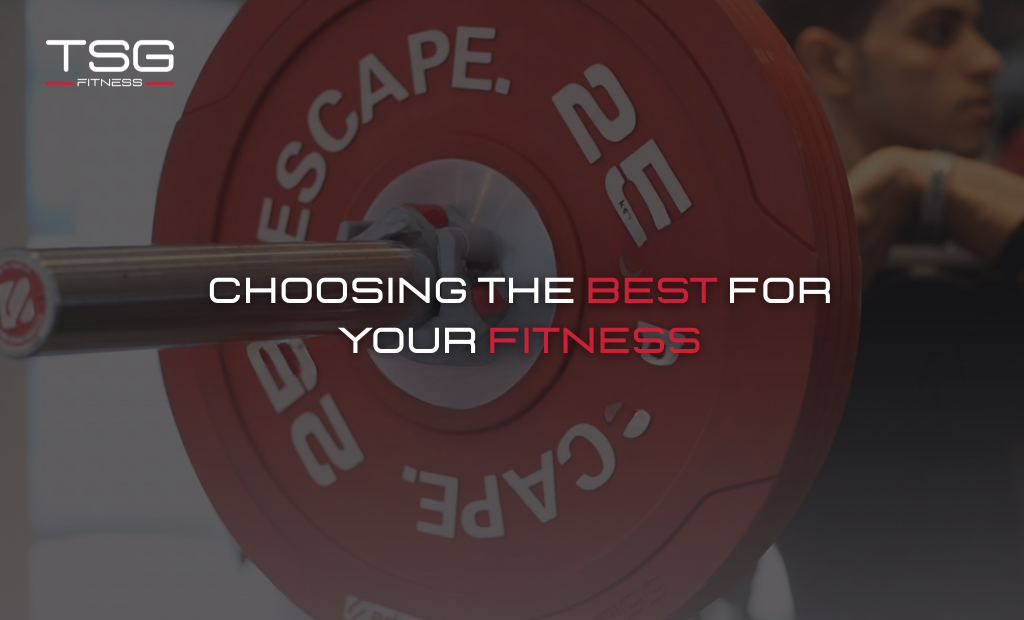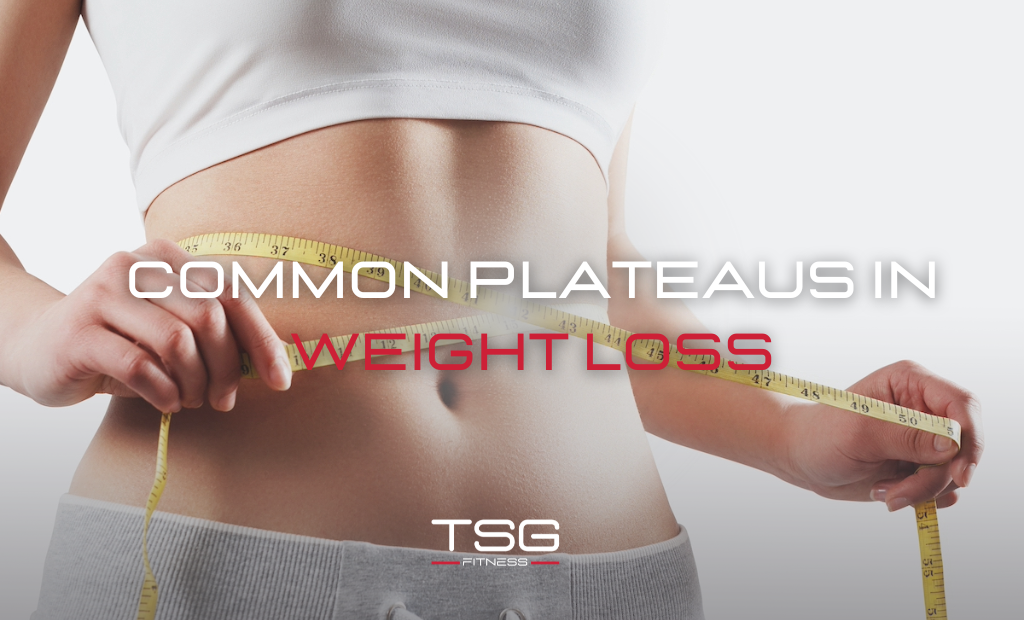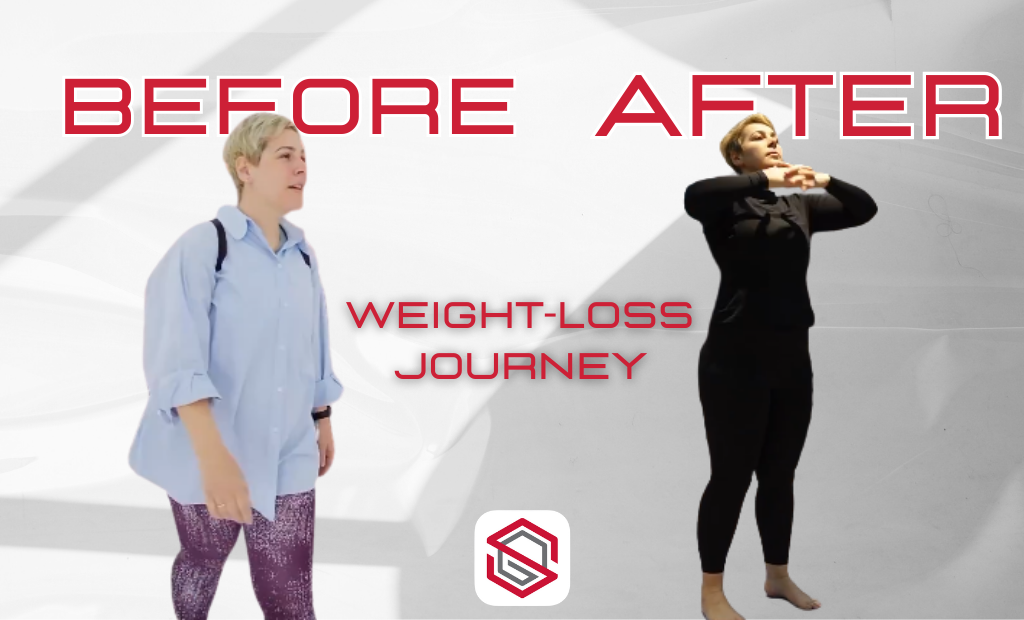
Plant-Based vs. High-Protein Diets: Choosing the Best for Your Fitness Goals
When it comes to sculpting your physique, boosting performance, and optimizing health, the debate often centers on plant-based versus high-protein diets. Both approaches offer distinct advantages—and potential pitfalls—depending on your goals, lifestyle, and biological response. This guide breaks down each strategy, explores how they impact weight-loss plateaus, and provides actionable tips to push past stagnation and accelerate progress.
Understanding Weight-Loss Plateaus
Even with perfect consistency, many people hit a plateau where the scale refuses to budge. A weight-loss plateau occurs when your energy intake and expenditure reach equilibrium, halting further fat loss. Contributing factors include metabolic adaptation (slowed resting metabolic rate), lifestyle variables (stress, sleep deficits), and an overreliance on scale weight rather than body composition changes.
Seven Strategies to Overcome Plateaus
- Eat More Protein
Prioritizing protein helps preserve lean mass and increases the thermic effect of food—burning more calories during digestion. - Reduce Sugar & Refined Carbs
Lowering simple carbohydrate intake prevents insulin spikes and curbs hunger, making it easier to maintain a calorie deficit. - Add Resistance Training
Building muscle elevates your resting metabolic rate. Incorporate weight training 2–4 times weekly to offset metabolic slow-down. - Prioritize Sleep
Aim for 7–9 hours nightly. Insufficient sleep disrupts hunger hormones (ghrelin and leptin) and impairs insulin sensitivity. - Avoid Alcohol
Alcohol contains “empty” calories and lowers inhibitions, often leading to overeating. - Increase Fiber
High-fiber foods (vegetables, legumes, whole grains) promote fullness without excess calories. - Track Everything
Logging food, exercise, and sleep reveals hidden habits that stall progress—enabling targeted adjustments.
Plant-Based Diets: Pros and Considerations
Plant-based eating emphasizes whole foods—fruits, vegetables, legumes, nuts, seeds, and whole grains—while minimizing or eliminating animal products.
Advantages:
- High fiber intake supports digestion, satiety, and stable blood sugar.
- Rich in phytonutrients and antioxidants that combat inflammation and promote recovery.
- Environmental sustainability and ethical benefits appeal to many.
Considerations:
- May require careful planning to meet protein requirements—especially leucine for muscle synthesis. Aim for diverse protein sources (lentils, chickpeas, tofu, tempeh, quinoa) and consider fortified foods or supplements.
- Monitor micronutrients often lower in plant diets—vitamin B12, iron, zinc, and omega-3s—to prevent deficiencies.
Ideal for: those seeking sustainable fat loss with a health-centric focus, high-fiber benefits, and reduced environmental impact.
High-Protein Diets: Pros and Considerations
High-protein eating prioritizes quality animal or plant proteins—chicken, fish, eggs, dairy, lean beef, whey or plant-based protein powders—often comprising 25–35% of daily calories.
Advantages:
- Accelerates muscle repair and growth, enhancing strength and metabolic rate.
- Increases satiety more effectively than carbs or fats, aiding calorie control.
- Simple to calculate and implement with clear targets (1.6–2.2 g/kg body weight).
Considerations:
- Overemphasis on animal proteins can increase saturated fat and cholesterol intake—choose lean cuts and fatty-fish for omega-3 benefits.
- Excessive protein without adequate fiber may impair digestion—balance with vegetables, whole grains, and legumes.
Ideal for: strength athletes, individuals seeking to overcome metabolic slow-down, and anyone prioritizing muscle preservation during fat loss.
Tailoring Your Approach for Maximum Efficiency
- Define Your Goals: If muscle gain and strength are paramount, high protein may edge out. If chronic-disease prevention and gut health top your list, plant-based shines.
- Monitor Progress Beyond the Scale: Use body composition tools or tape measurements rather than weight alone to track lean-mass and fat-loss shifts.
- Mix and Match: A flexible approach—plant-predominant days combined with targeted high-protein meals around workouts—can offer the best of both worlds.
- Stay Hydrated with Healthy Beverages: Water, unsweetened tea, and coffee support metabolism; avoid calorie-laden drinks that stall fat-burning.
- Manage Stress and Sleep: Both diets require adequate recovery—practice mindfulness, prioritize sleep, and limit alcohol to sustain hormonal balance.
- Adjust Carbs and Fats: Carbohydrate timing around intense workouts fuels performance, while healthy fats aid hormone production and satiety.
The Big Takeaway
No single diet reigns supreme for everyone. Plant-based and high-protein diets both offer powerful tools to break through weight-loss plateaus and optimize fitness. Your success hinges on aligning your nutritional pattern with your goals, ensuring sufficient protein intake, prioritizing whole foods, and applying plateau-busting strategies—sleep, stress management, tracking, and resistance training. By customizing your approach and measuring progress intelligently, you’ll transcend plateaus and achieve lasting, efficient fat-burn results.



